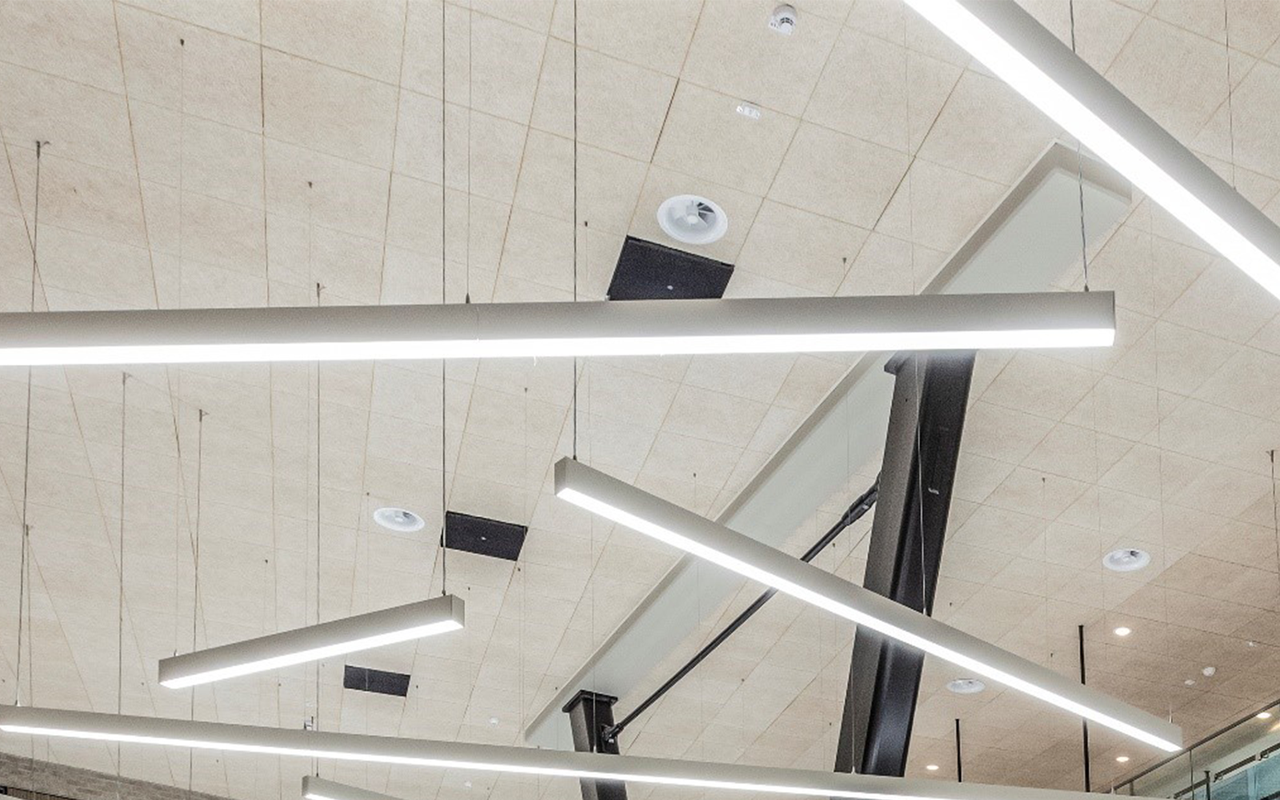Glamox to Reduce Carbon Footprint of LED Luminaires by Switching to Recycled Aluminium
Glamox AS, a leading lighting company, is progressing towards its goal of Net Zero operations by 2030. Today it announced that it has started to switch from using virgin aluminium to recycled aluminium in manufacturing its LED luminaires. The company has already made the switch for one of its most popular luminaires and is preparing to extend it to other families. The move will further lower the carbon footprint of the company and those customers who purchase the already energy-efficient LED luminaires for use in professional buildings.
Recycled aluminium is created by re-melting scrap metal. The process is less expensive and energy-intensive than creating new aluminium, which is made by the electrolysis of aluminum oxide, which must first be mined from bauxite ore and then fired.
“We’ve already implemented the plan to shift over to recycled aluminium in the manufacture of a popular luminaire which will result in a 63 percent reduction in the emissions of CO2 equivalents over using new aluminium in these profiles,” said Birger Holo, Technical Director, Professional Business Solutions, Glamox. “By adding two new product lines we estimate that we will eliminate a total of 1,000 tonnes of CO2 equivalents each year, which equals the amount of carbon sequestered by nearly 1,200 acres of forest a year.”
The Glamox C35 and C95 LED luminaire ranges are earmarked to be the next products to join the Glamox C80 luminaire range in using recycled aluminium. All three product lines are manufactured in Keila, Estonia. Together they represent around 400,000 products sold yearly, using a combined 300 tonnes of aluminium.
The company is also progressively eliminating plastic in its packaging, replacing bubble wrap and Styrofoam with materials that are easier to recycle. This has been done for its Glamox C35 and C95 luminaires. Also, it recently launched an Environmental Product Declarations (EPD) generator. Based on international standards, this tool documents the environmental footprint of products taking into account their lifecycle.
“We still have a lot of work ahead of us, but we are committed to helping our customers to reduce their carbon footprint and for us to achieve Net Zero operations by 2030. It’s not enough providing energy-efficient LED lighting, we must ensure that every facet of our operations and supply chain minimises our environmental impact,” said Viktor Söderberg, Business Development Director, who heads up the company’s sustainability programme.
© 2023 Luger Research e.U. – Institute for Innovation & Technology

